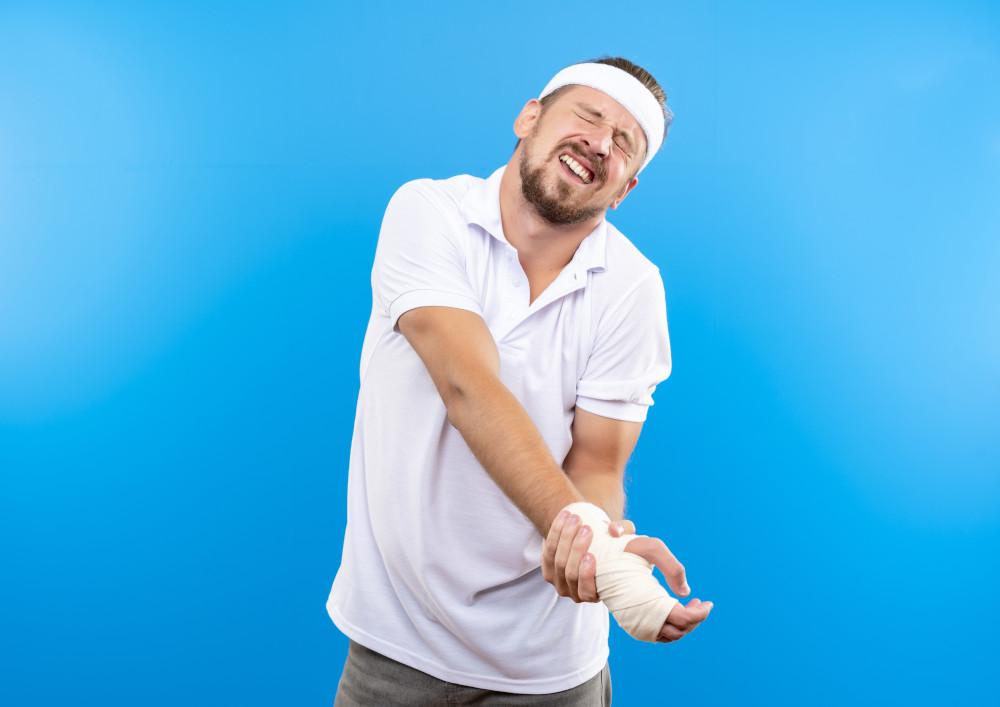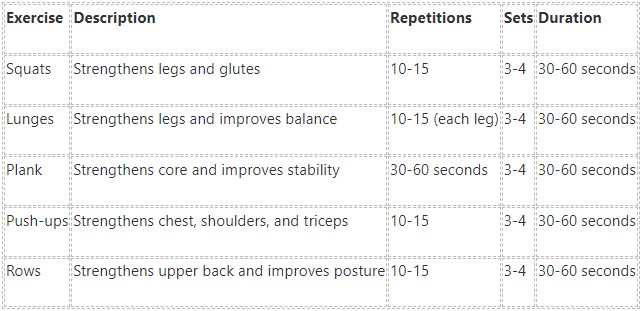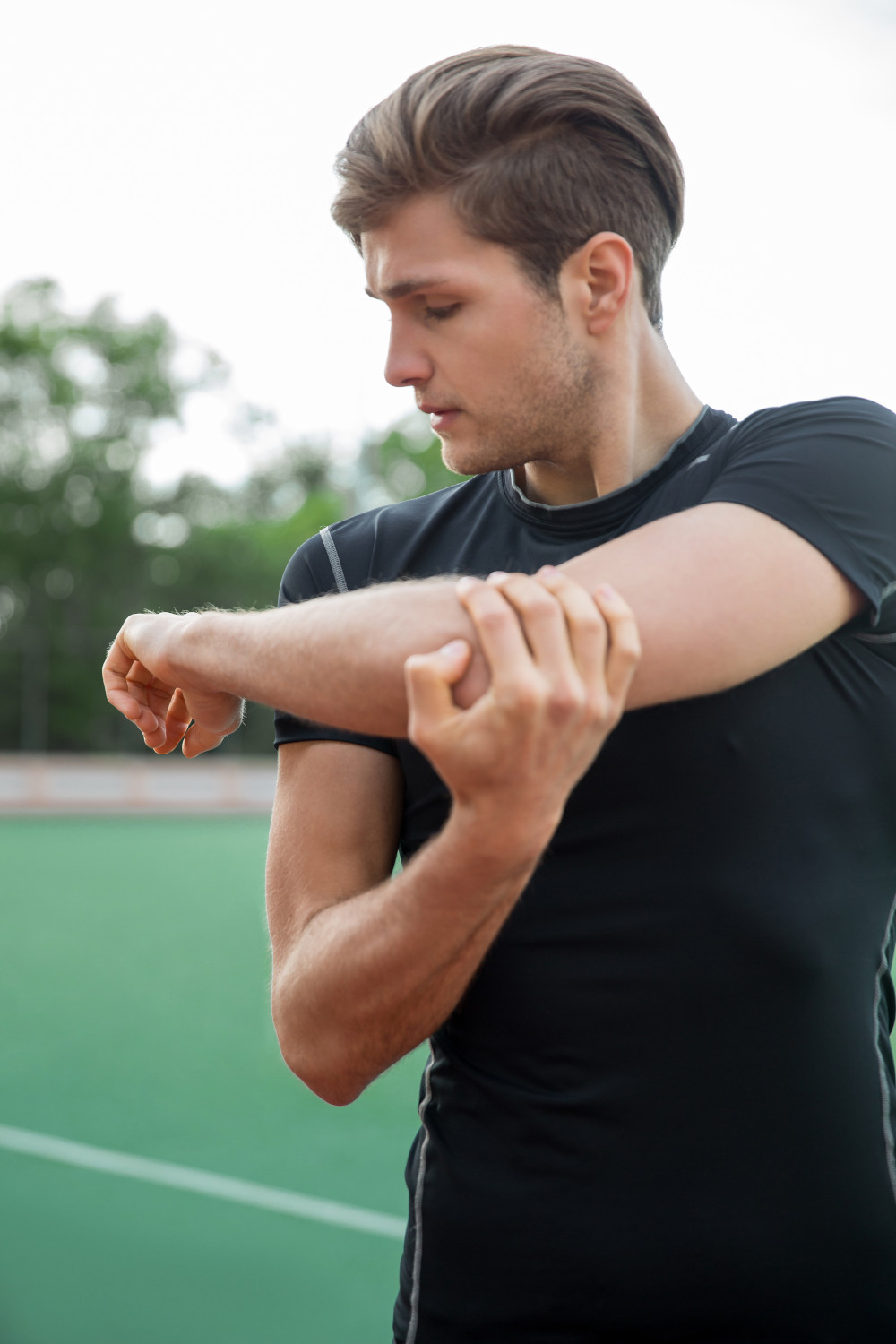In this article, we will provide a comprehensive guide that provides valuable insights and techniques to help pickleball players alleviate wrist pain and enhance their overall gaming experience. This article addresses the causes of pickleball wrist pain, emphasizes the significance of proper technique, and offers strengthening exercises and stretching techniques to relieve discomfort. Additionally, it explores the importance of using the right equipment, warming up and cooling down effectively, and provides tips for playing with existing wrist pain. The article also discusses rest and recovery strategies, seeking professional help when necessary, and preventing future wrist injuries in pickleball and other sports. Whether you’re a beginner or an experienced player, this guide offers practical advice to help you enjoy a pain-free and successful pickleball game.
Pickleball attracts players of all ages and skill levels. However, with the increase in participation, there has also been a rise in pickleball-related injuries, particularly wrist pain. Wrist pain is a common complaint among pickleball players and can significantly impact their ability to enjoy the sport. In this article, we will explore the causes of pickleball wrist pain, the importance of proper technique, strengthening exercises and stretching techniques to prevent and alleviate wrist pain, using the right equipment, warming up and cooling down, playing with existing wrist pain, rest and recovery strategies, seeking professional help, and preventing future wrist injuries.
Key Takeaways
- Pickleball wrist pain can be caused by overuse, poor technique, and lack of strength or flexibility.
- Proper technique, including a neutral wrist position and using the larger muscles in the arm, can help prevent wrist pain.
- Strengthening exercises for the forearm and wrist can improve grip strength and reduce strain on the wrist.
- Stretching techniques, such as wrist flexors and extensor stretches, can help relieve wrist pain and improve flexibility.
- Using equipment like a wrist brace or paddle with a larger grip can minimize wrist strain during play.

Understanding the Causes of Pickleball Wrist Pain
There are several common causes of wrist pain in pickleball. One of the primary causes is repetitive strain. The repetitive nature of pickleball strokes, such as hitting the ball with a paddle and performing quick wrist movements, can put excessive stress on the wrist joint and surrounding muscles. Over time, this can lead to inflammation and pain.
Improper technique is another leading cause of wrist pain in pickleball. Many players may not be aware of the correct form and technique for executing shots, which can result in excessive strain on the wrist. For example, using too much wrist flick while hitting the ball instead of relying on proper body mechanics can lead to wrist injuries.
The Importance of Proper Technique in Preventing Wrist Pain
Proper technique helps prevent wrist pain in pickleball. Players should focus on using their entire body to generate power rather than relying solely on their wrists. This means engaging the core muscles, rotating the hips, and transferring weight from one foot to another during shots.
Additionally, players should pay attention to their grip on the paddle. Gripping too tightly can strain the muscles in the forearm and wrist. It is recommended to use a relaxed grip that allows for flexibility and ease of movement.
Furthermore, players should practice proper follow-through after hitting the ball. This involves extending the arm fully and allowing the paddle to continue its natural path after contact with the ball. This technique helps distribute the force throughout the arm and reduces strain on the wrist.
Strengthening Exercises for Pickleball Players

Strengthening the wrist and forearm muscles helps prevent wrist pain in sports. There are several exercises that players can incorporate into their training routine to build strength and stability in these areas.
One effective exercise is wrist curls. This exercise involves holding a light dumbbell or resistance band with the palm facing up and curling the wrist upward towards the body. This targets the muscles in the forearm and helps improve grip strength.
Another beneficial exercise is forearm pronation and supination. This exercise involves holding a light dumbbell or resistance band with the palm facing down and rotating the forearm outward (pronation) and inward (supination). This exercise targets the muscles responsible for wrist rotation and can help prevent injuries.
Stretching Techniques to Relieve Wrist Pain
Stretching is an important component of any pickleball player’s routine, as it helps improve flexibility and reduce the risk of injury. There are specific stretches that can target the wrist and alleviate pain.
One effective stretch is wrist flexion and extension. This stretch involves extending one arm in front of you with the palm facing down, using the other hand to gently pull back on the fingers until a stretch is felt in the wrist. Hold this position for 15-30 seconds and repeat on the other side.
Another beneficial stretch is wrist rotations. This stretch involves extending one arm in front of you with the palm facing up, using the other hand to gently rotate the wrist in a circular motion. Perform 10-15 rotations in each direction to improve flexibility in the wrist joint.
Using the Right Equipment to Minimize Wrist Strain
Using the right equipment can significantly reduce strain on the wrist during pickleball play. One important factor to consider is the paddle. It is recommended to choose a paddle that is lightweight and has a comfortable grip. A lighter paddle puts less strain on the wrist, while a comfortable grip reduces the risk of developing blisters or calluses.
Additionally, players should pay attention to the grip size of the paddle. Using a grip that is too small or too large can lead to improper technique and increased strain on the wrist. It is advisable to try out different grip sizes and choose one that feels comfortable and allows for proper control of the paddle.
Warming Up and Cooling Down to Avoid Wrist Injuries
Warming up and cooling down before and after playing pickleball are ways to prevent wrist injuries. A proper warm-up routine helps prepare the muscles and joints for physical activity, while a cool-down routine helps promote recovery and reduce muscle soreness.
Before playing, players should engage in dynamic stretches that target the wrist and forearm muscles. This can include wrist circles, finger stretches, and arm swings. These stretches help increase blood flow to the muscles and improve flexibility.
After playing, players should perform static stretches to help relax the muscles and prevent stiffness. This can include wrist flexion and extension stretches, as well as forearm pronation and supination stretches. Holding each stretch for 15-30 seconds allows for optimal muscle relaxation.
Tips for Playing Pickleball with Existing Wrist Pain
If a player is experiencing wrist pain but still wants to continue playing pickleball, several tips can help minimize discomfort and prevent further injury.
Firstly, it is important to listen to your body and take breaks when needed. Pushing through pain can exacerbate the injury and prolong recovery time. If pain persists or worsens during play, it is advisable to stop and rest.
Secondly, players can modify their technique to reduce strain on the wrist. This can include using a two-handed backhand instead of a one-handed backhand, which distributes the force across both arms and reduces strain on the injured wrist.
Lastly, players can consider using a wrist brace or support to provide stability and reduce pain during play. These braces can help limit excessive movement and provide compression to reduce inflammation.

Rest and Recovery Strategies for Overcoming Wrist Pain
Rest and recovery are crucial for overcoming wrist pain in pickleball. If a player is experiencing persistent pain or discomfort, it is important to take a break from playing and allow the wrist to heal.
During the rest period, players can apply ice therapy to the affected area. This involves placing an ice pack or a bag of frozen peas wrapped in a towel on the wrist for 15-20 minutes several times a day. Ice helps reduce inflammation and numb the area, providing pain relief.
Additionally, players can engage in gentle range-of-motion exercises to maintain flexibility in the wrist joint without putting excessive strain on it. These exercises can include gentle wrist circles and finger stretches.
Seeking Professional Help for Persistent Wrist Pain
If wrist pain persists despite rest and self-care measures, it may be necessary to seek professional help. A healthcare provider, such as a sports medicine physician, physical therapist, occupational therapist can assess the injury and provide appropriate treatment options.
Treatment options for persistent wrist pain may include physical therapy or occupational therapy, which can help strengthen the muscles around the wrist joint and improve flexibility. In some cases, a healthcare provider may recommend wearing a splint or brace to immobilize the wrist and promote healing.
In more severe cases, corticosteroid injections or surgery may be necessary to alleviate pain and restore function. However, these interventions are typically reserved for cases where conservative measures have failed.
Preventing Future Wrist Injuries in Pickleball and Other Sports
Preventing future wrist injuries in pickleball and other sports is important for long-term wrist health. Players should prioritize proper technique, regular stretching and strengthening exercises, and using the right equipment.
Additionally, players should listen to their bodies and take breaks when needed. Pushing through pain can lead to further injury and prolonged recovery time. It is important to rest and allow the wrist to heal before returning to play.
Lastly, players should consider cross-training and incorporating other activities into their fitness routine. This helps prevent overuse injuries and allows for overall muscle balance and strength.
Wrist pain is a common complaint among pickleball players that can significantly impact their ability to enjoy the sport. Understanding the causes of wrist pain, practicing proper technique, engaging in strengthening exercises and stretching techniques, using the right equipment, warming up and cooling down, playing with existing wrist pain, resting and recovering, seeking professional help when necessary, and preventing future injuries are all essential for maintaining wrist health in pickleball. By prioritizing wrist health, players can continue to enjoy the sport for years to come. Your first step toward healing and feeling better is to schedule an appointment for a professional evaluation. Schedule an appointment today – complete and submit the request form by the link: https://www.sportscarept.com/request-an-appointment/. Choose the preferred service and location in the Portland area. If you contact us after business hours, we will get back to you the next business day. We look forward to hearing from you!
Don't let pain or limited mobility hold you back.
Contact us now to schedule your appointment and regain strength through personalized physical therapy sessions. Take charge of your health and well-being today!
Request An AppointmentFrequently Asked Questions
-
What is pickleball wrist pain?
Pickleball wrist pain is a common injury that occurs in the wrist joint due to repetitive motions and strain during pickleball gameplay.
-
What are the symptoms of pickleball wrist pain?
The symptoms of pickleball wrist pain include pain, swelling, stiffness, and weakness in the wrist joint. The pain may be sharp or dull and may worsen with movement.
-
What causes pickleball wrist pain?
Pickleball wrist pain is caused by repetitive motions and strain on the wrist joint during gameplay. This can be due to improper technique, overuse, or playing with equipment that is not properly fitted.
-
How can pickleball wrist pain be prevented?
Pickleball wrist pain can be prevented by using proper technique, warming up before gameplay, using equipment that is properly fitted, taking breaks during gameplay, and performing wrist-strengthening exercises.
-
What are the treatment options for pickleball wrist pain?
The treatment options for pickleball wrist pain include rest, ice, compression, elevation, over-the-counter pain medication, physical therapy or occupational therapy and in severe cases, surgery.
-
When should I see a doctor for pickleball wrist pain?
You should see a doctor for pickleball wrist pain if the pain is severe, does not improve with rest and over-the-counter medication, or if there is swelling, numbness, or tingling in the wrist.

